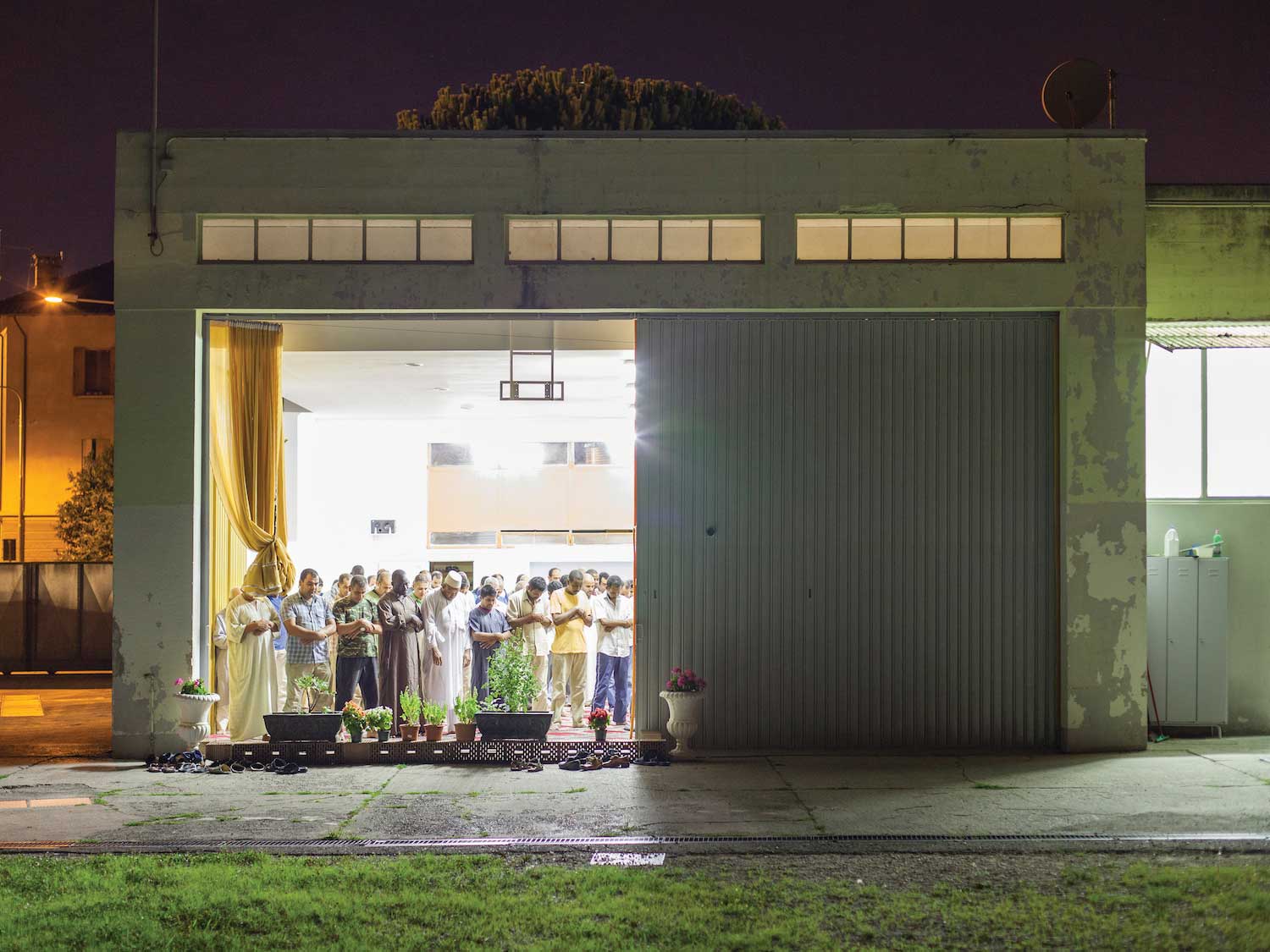
In Italy, Islam remains hidden. Despite being home to more than a million Muslims, Italy has put stringent limits on the number of government-approved mosques available to worshippers: in fact, there are just seven in the entire country, in Rome, Florence, Palermo, Turin, Ravenna, Milan and Genoa.
In lieu of mosques, Italy’s Muslims have been forced to transform warehouses, parking lots, stadiums and supermarkets into places of prayer. In Hidden Islam, a self-published monograph featuring pictures he made between 2009 to 2013, photographer Nicoló Degiorgis, 29, documents these improvised houses of worship.
“[Hidden Islam] draws a frightening picture of contemporary Italy — a country [with a limited] colonial background that finds it hard to absorb a quickly rising wave of immigration,” Degiorgis recently told LightBox. “The book is an attempt at showing a sense of Islamophobia spreading across many Western countries.”
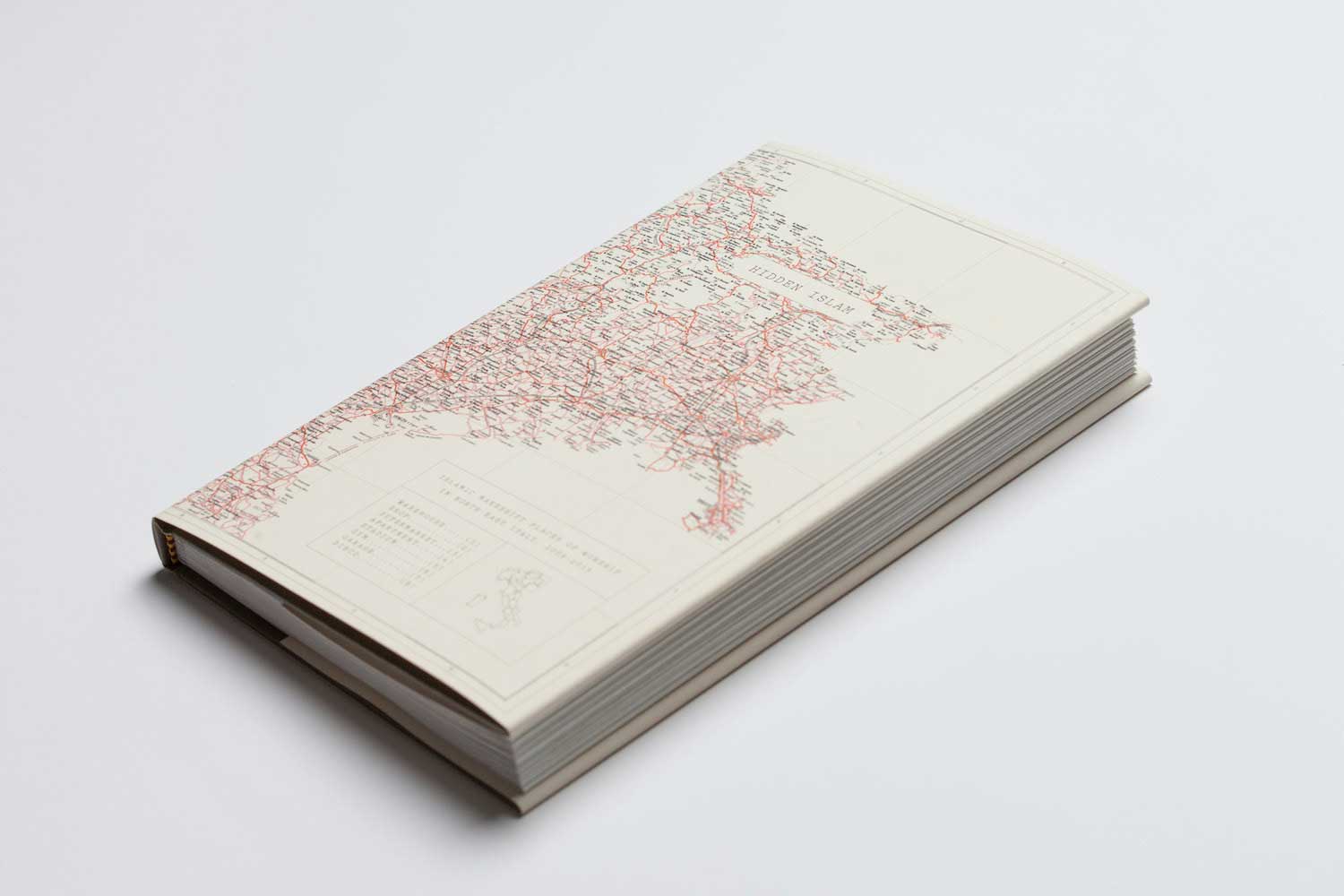
Finding the hidden mosques was one of the “exciting things that helped counterbalance the more frustrating moments,” noted the Italian photographer, who faced months of negotiations in order to gain access to some of the makeshift places of worship. “Certain communities accepted me over time, some didn’t. I followed them over the years, living with them and exploring their activities.”
The resulting, self-financed book has received support from British photographer and photobook collector Martin Parr, virtually guaranteeing its success in the art world.
“[Parr] was essential in making me understand the importance of doing this project,” says Degiorgis. “He helped me out throughout the years whenever I was stuck, pushing and advising me and meeting up once or twice a year to edit it.” And after receiving the Author Book Award 2014 from the Rencontres d’Arles photography festival, Degiorgis is grateful. “[This award] truly is of great help.”
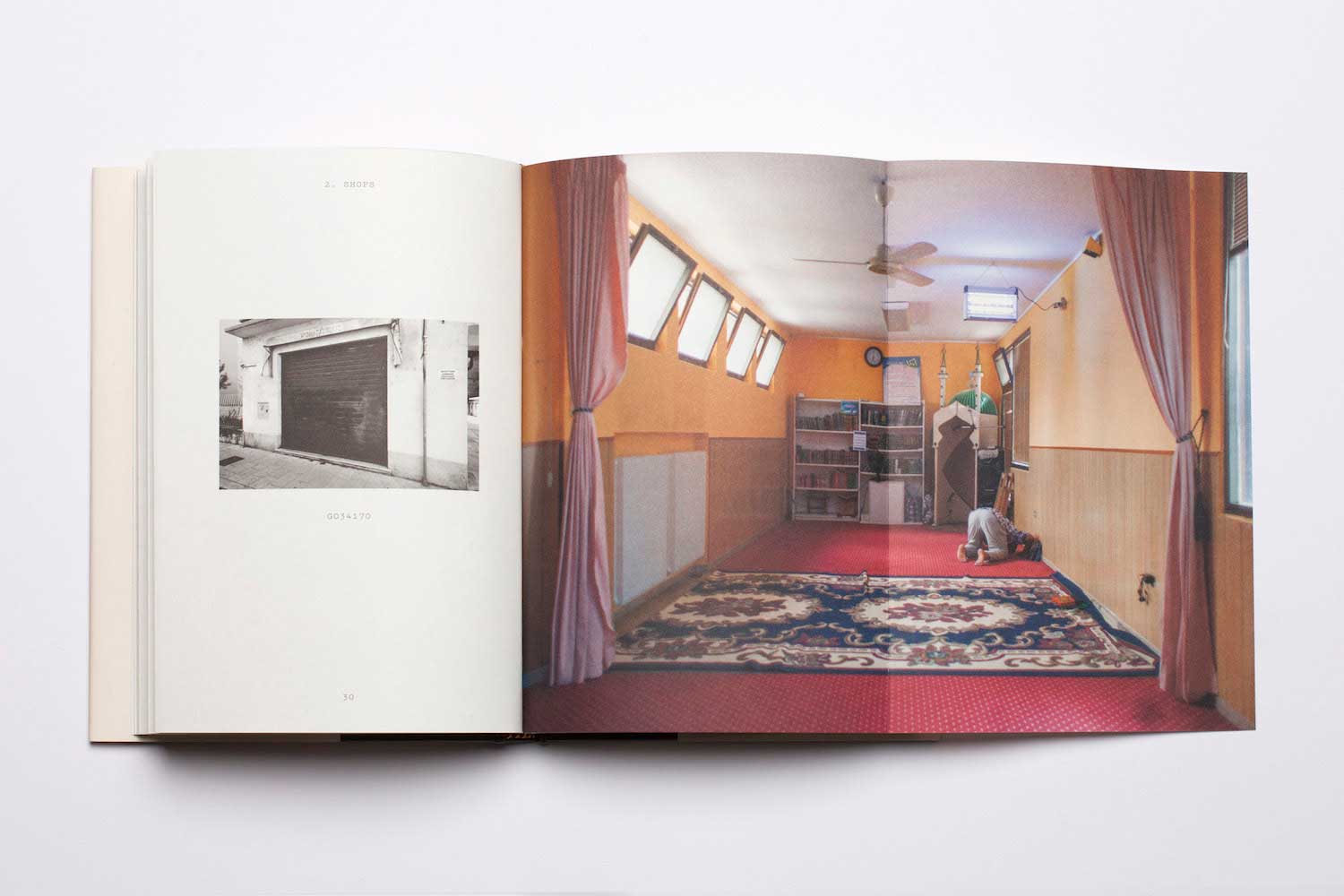
Nicoló Degiorgis is an Italian photographer and co-founder of the Rorhof studio in northern Italy.
Hidden Islam, a photobook published by Rorhof, will be on display at TJ Boulting in London from July 31 as part of the gallery’s Publish/Curate exhibition.
Olivier Laurent is the editor of TIME LightBox. Follow him on Twitter and Instagram @olivierclaurent
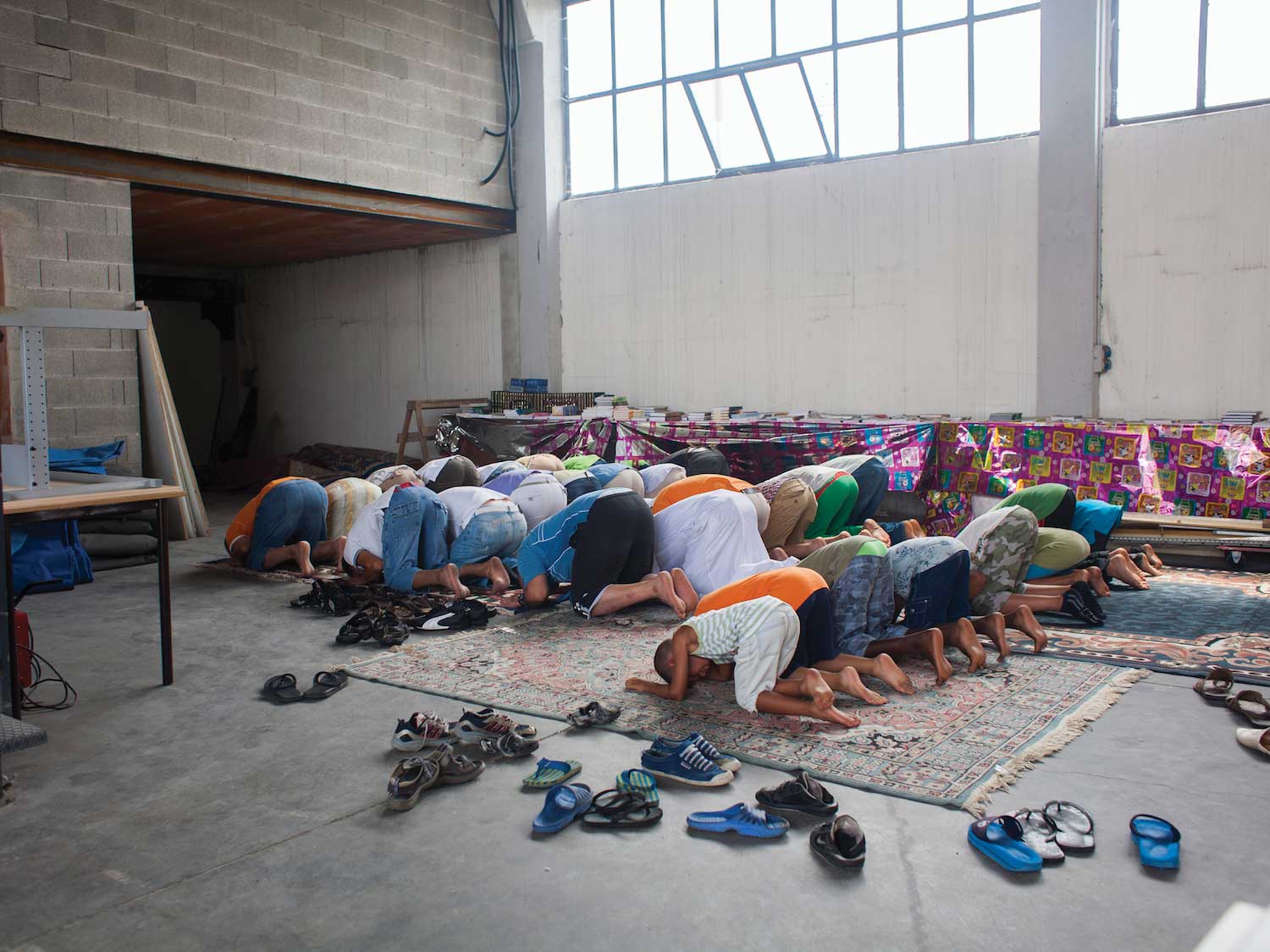
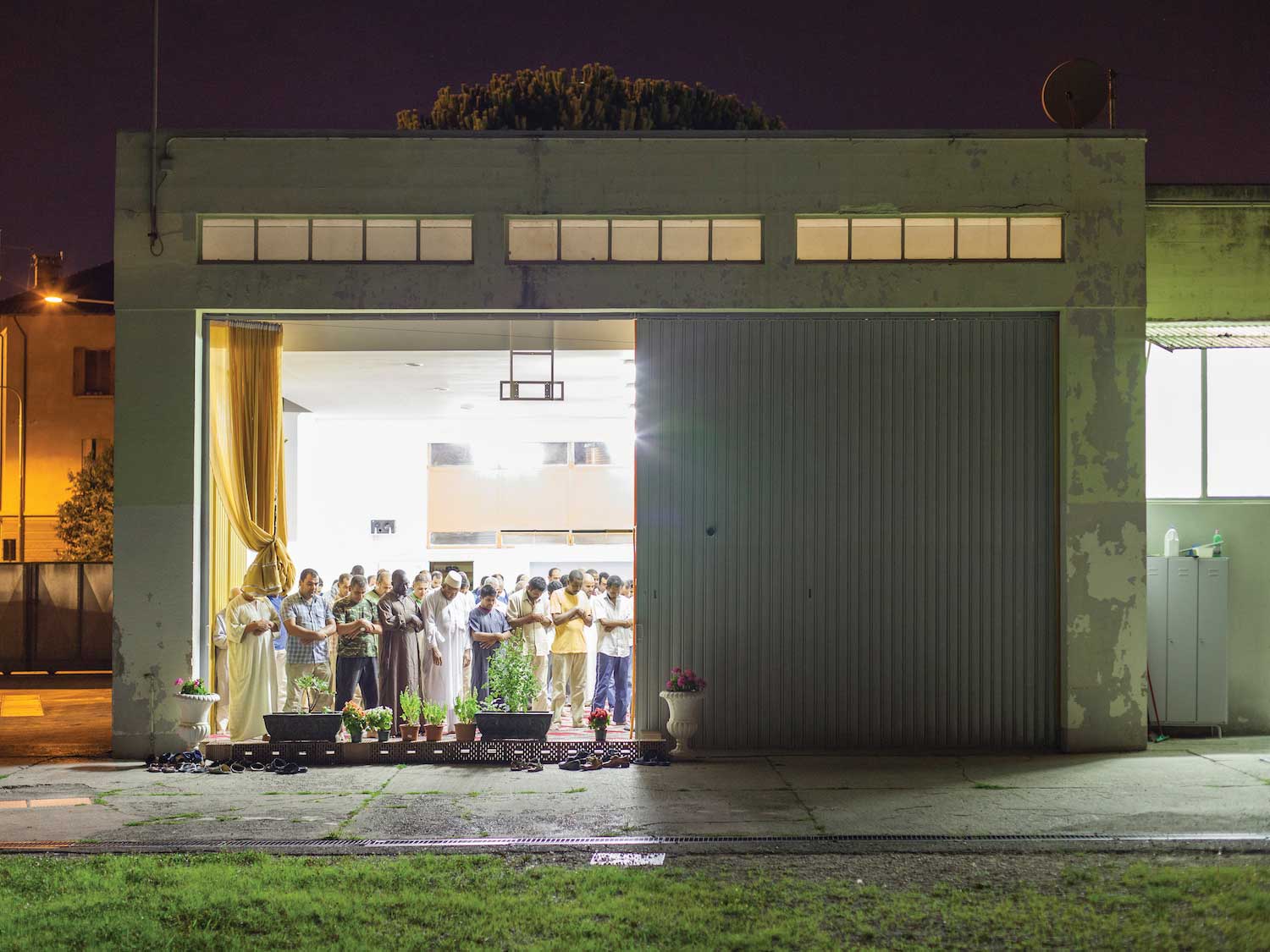
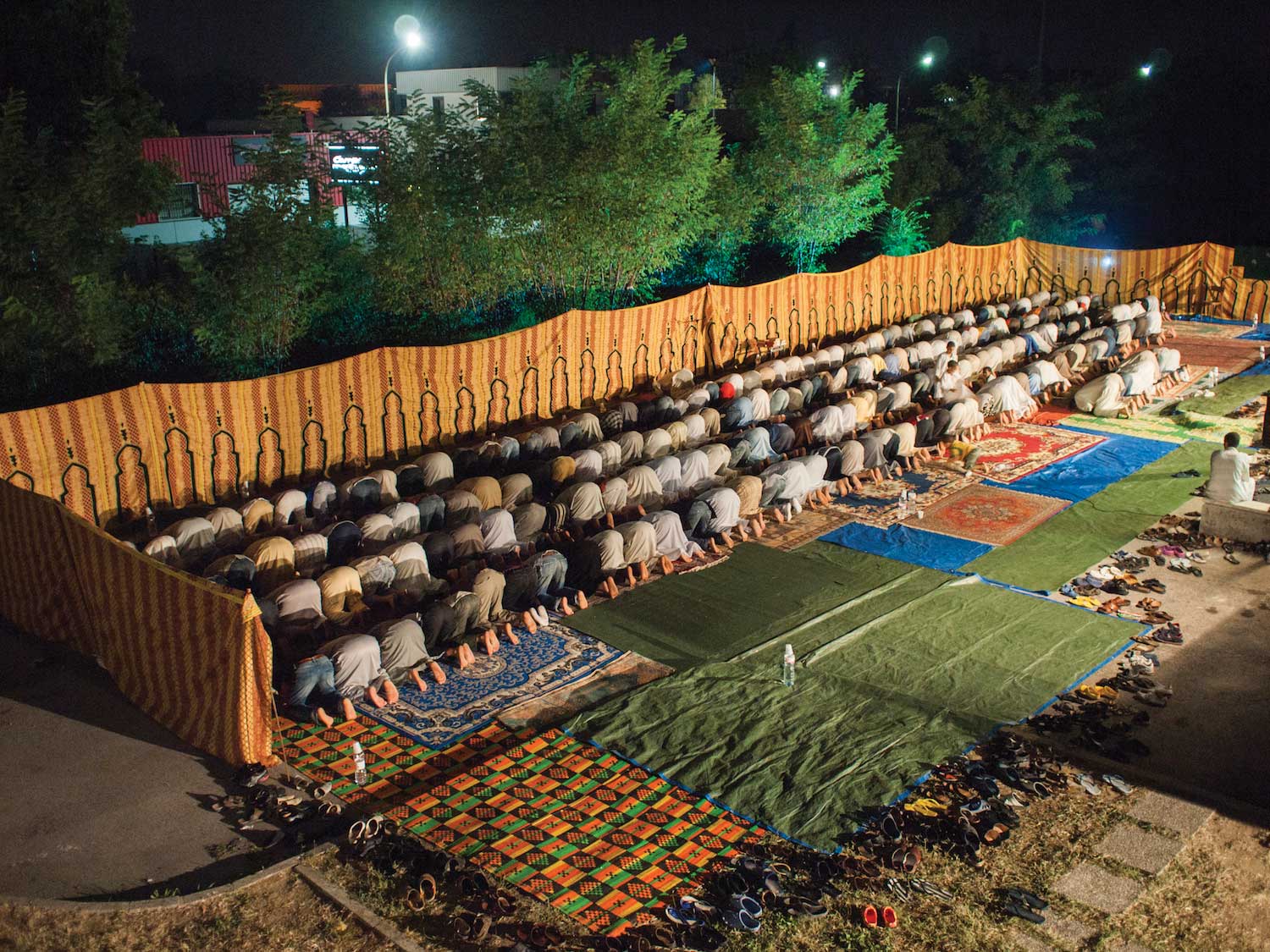
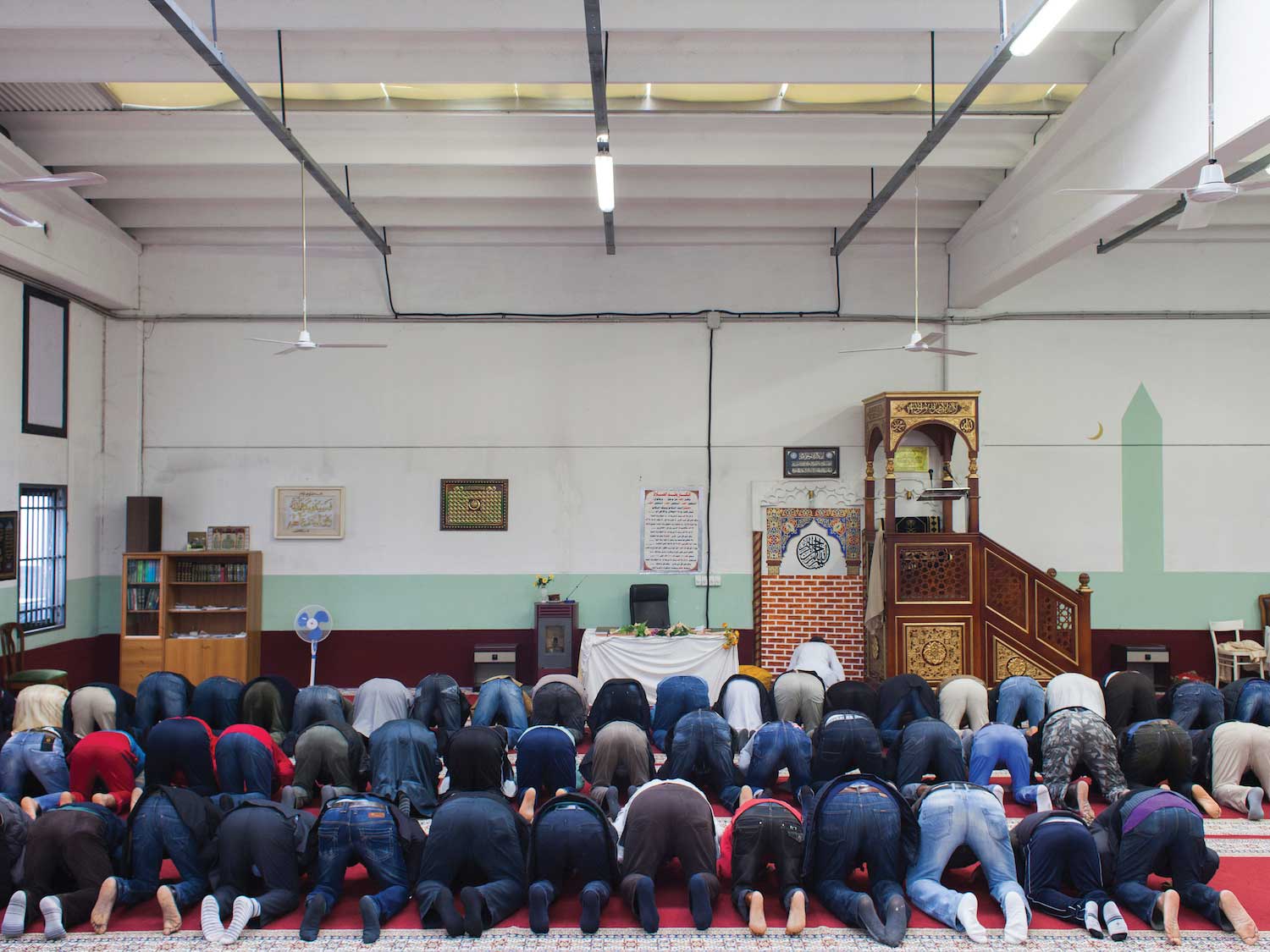
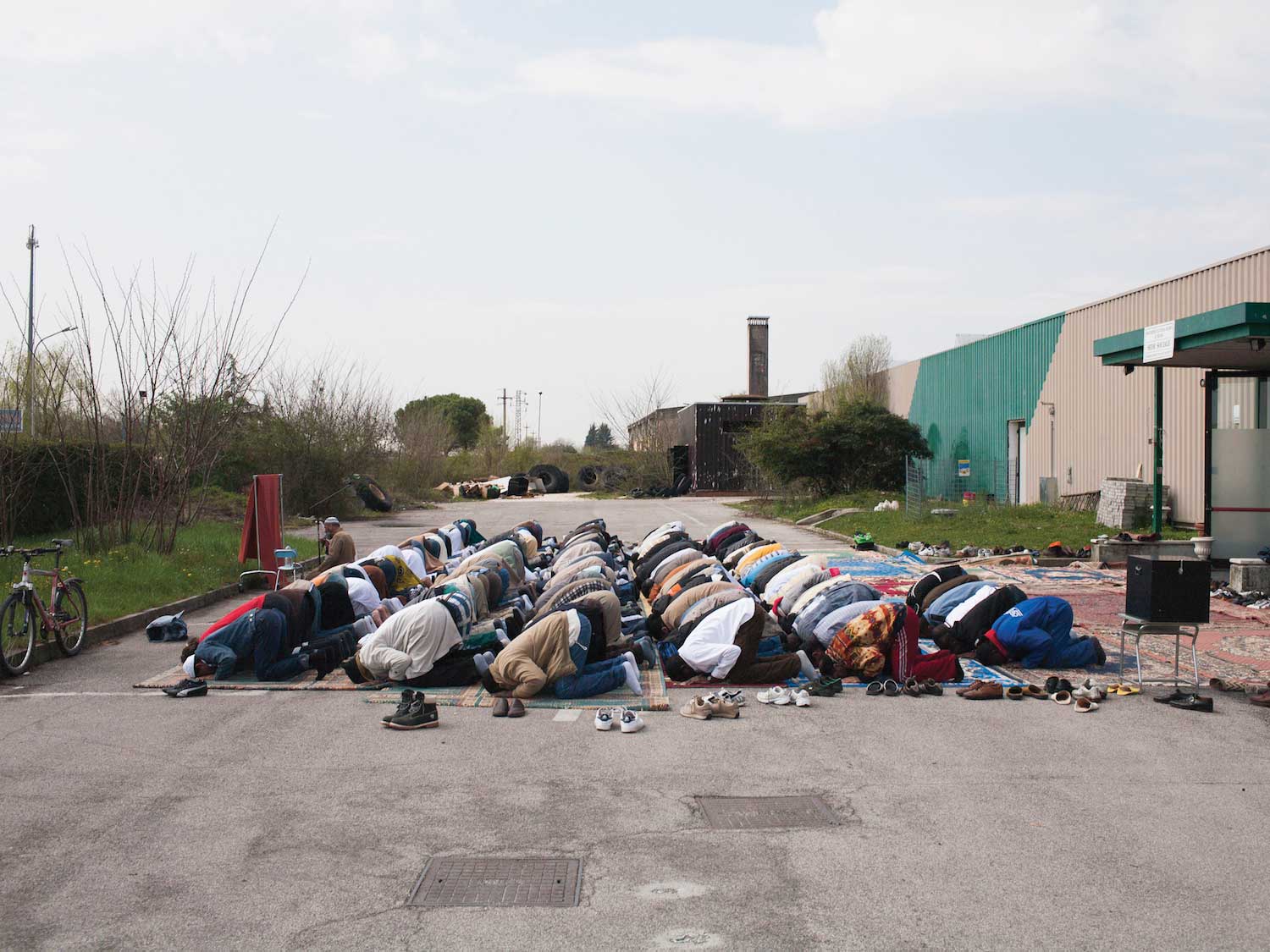
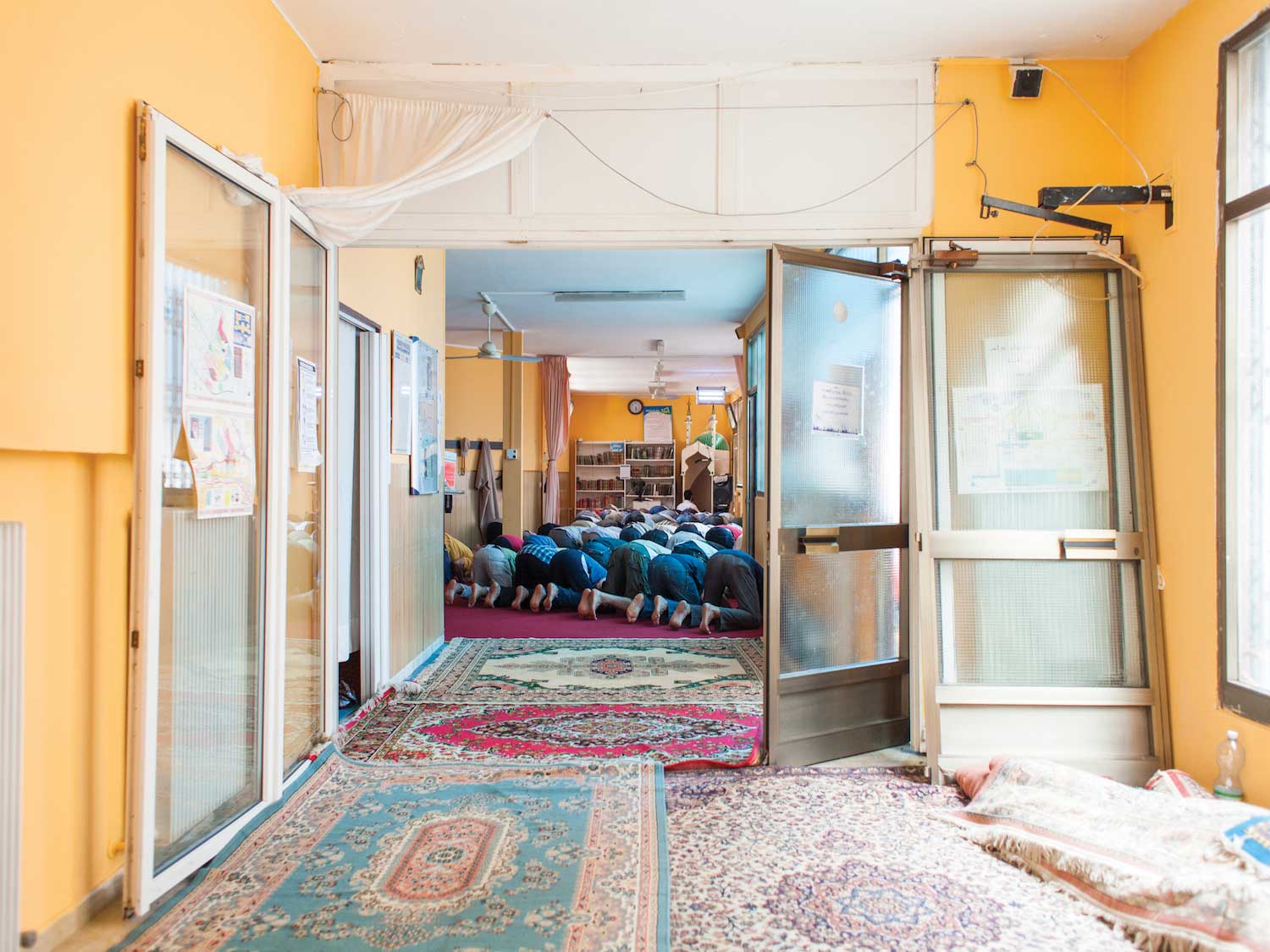
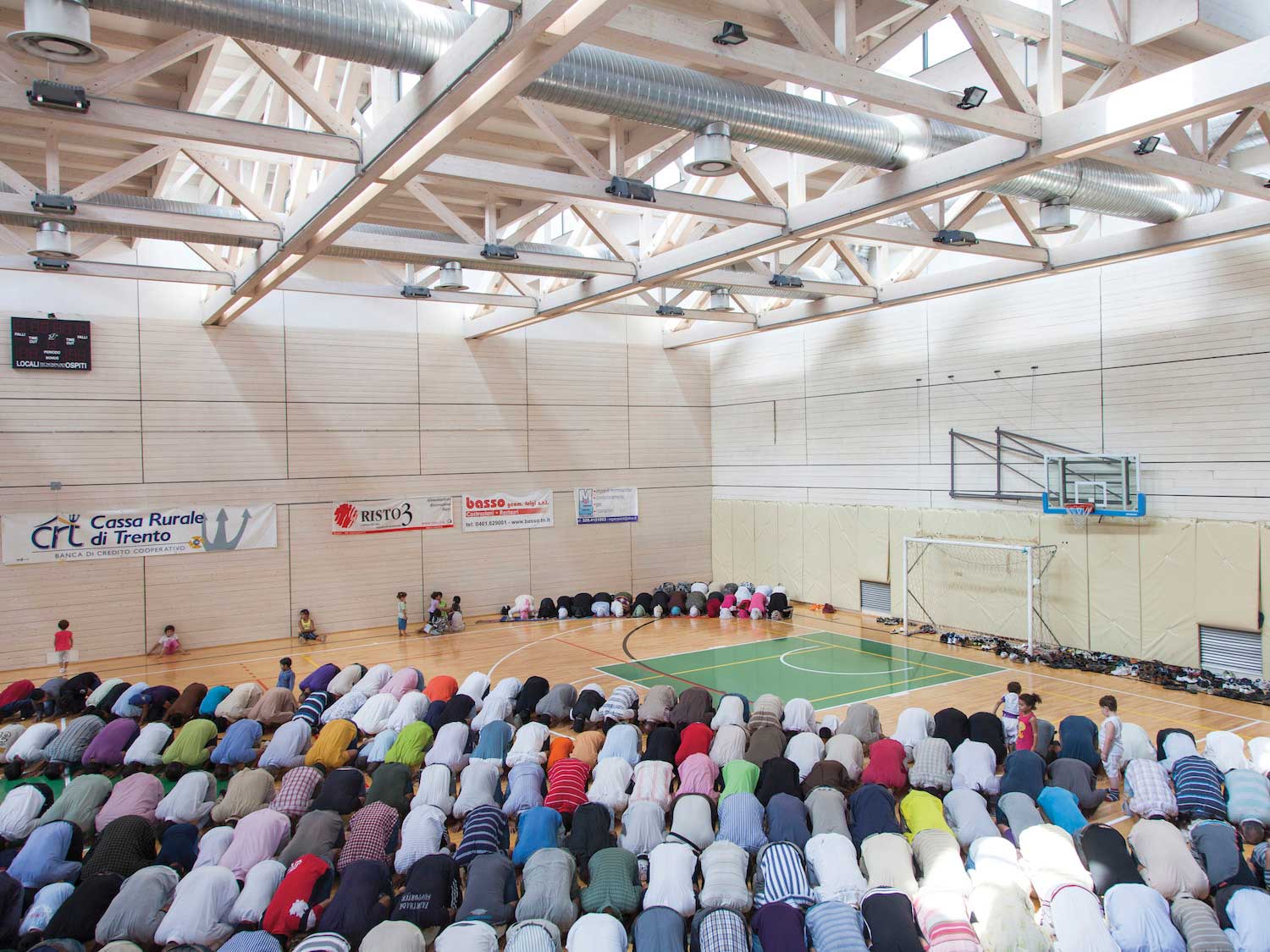
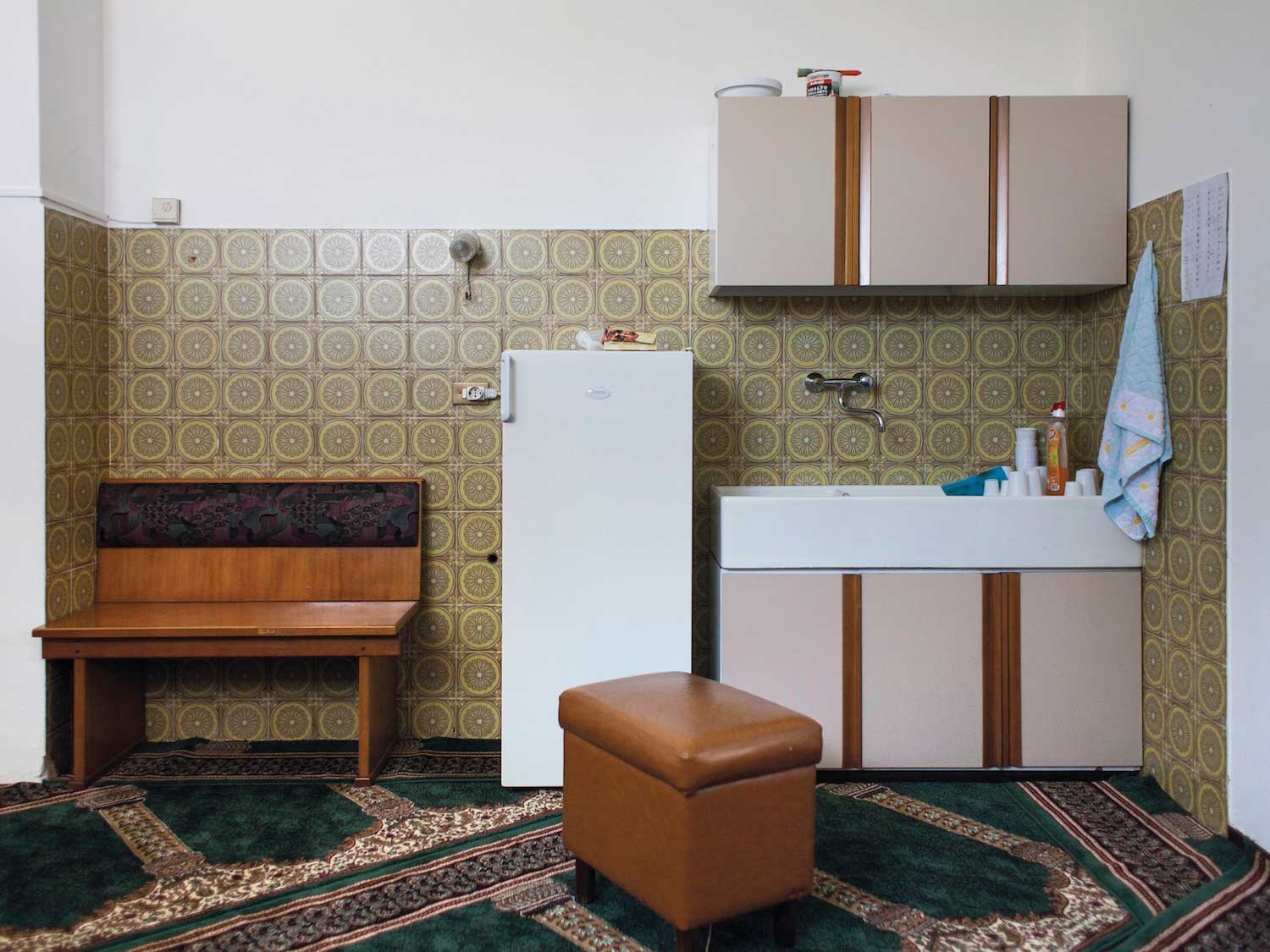
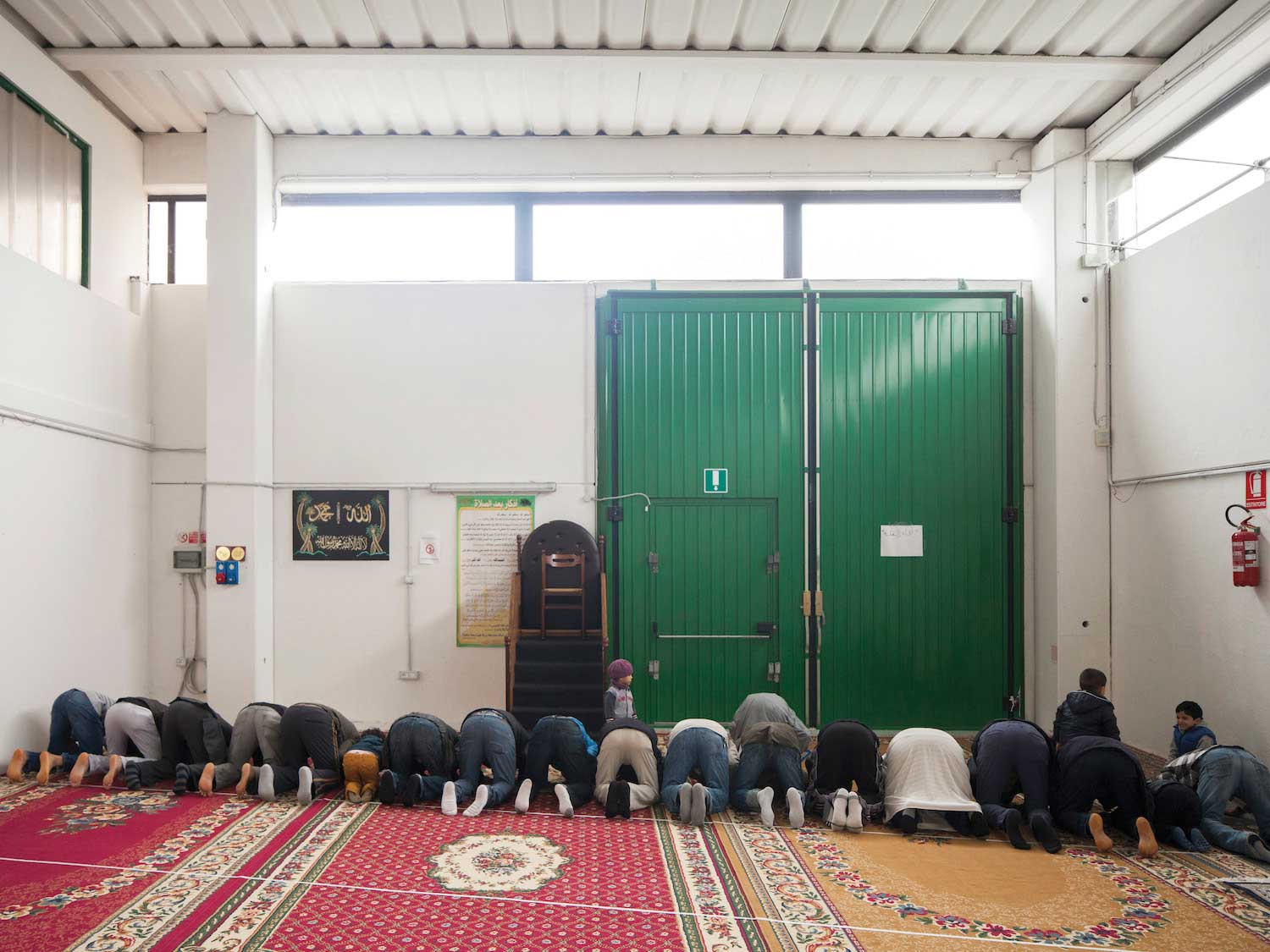
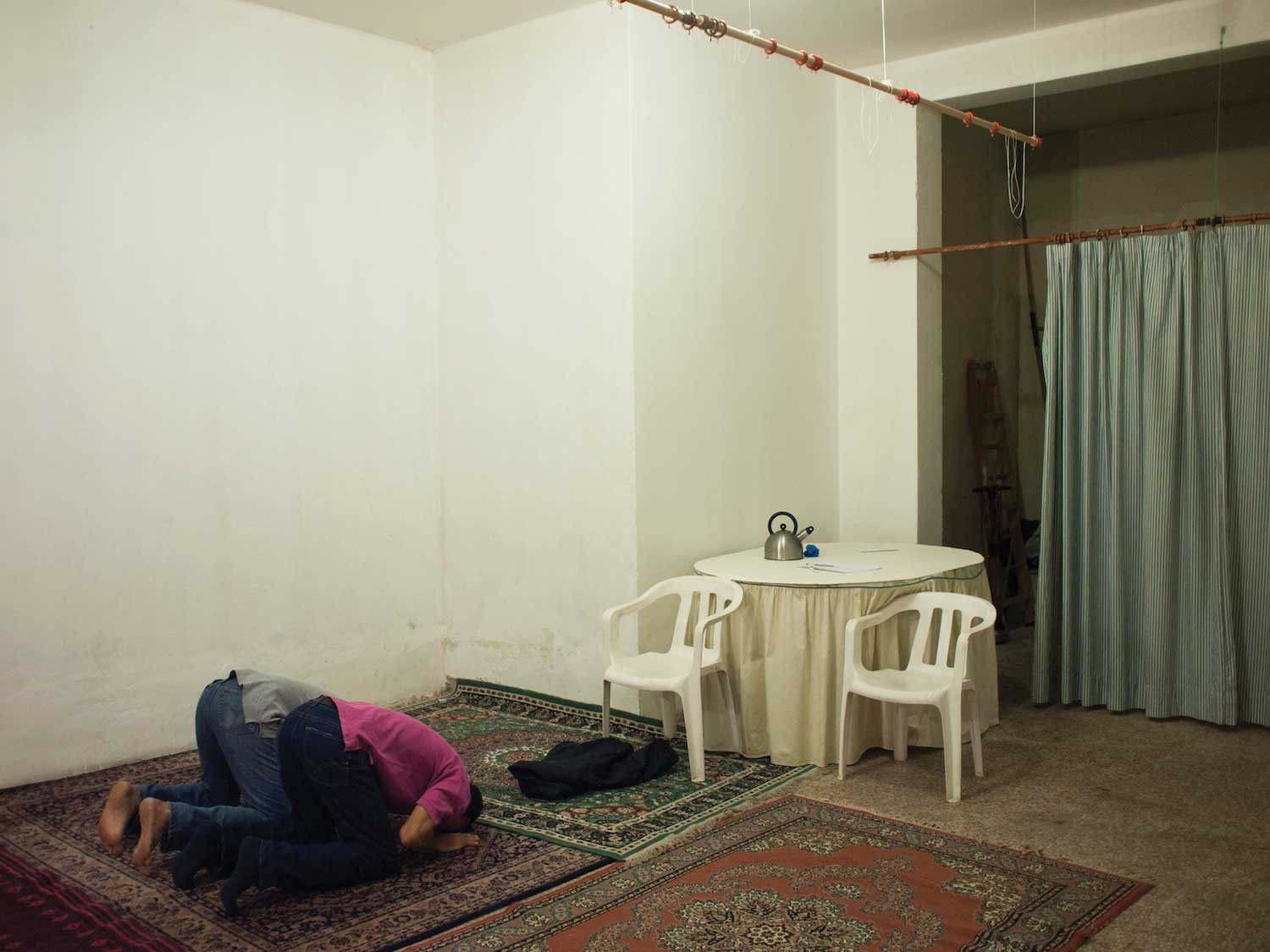
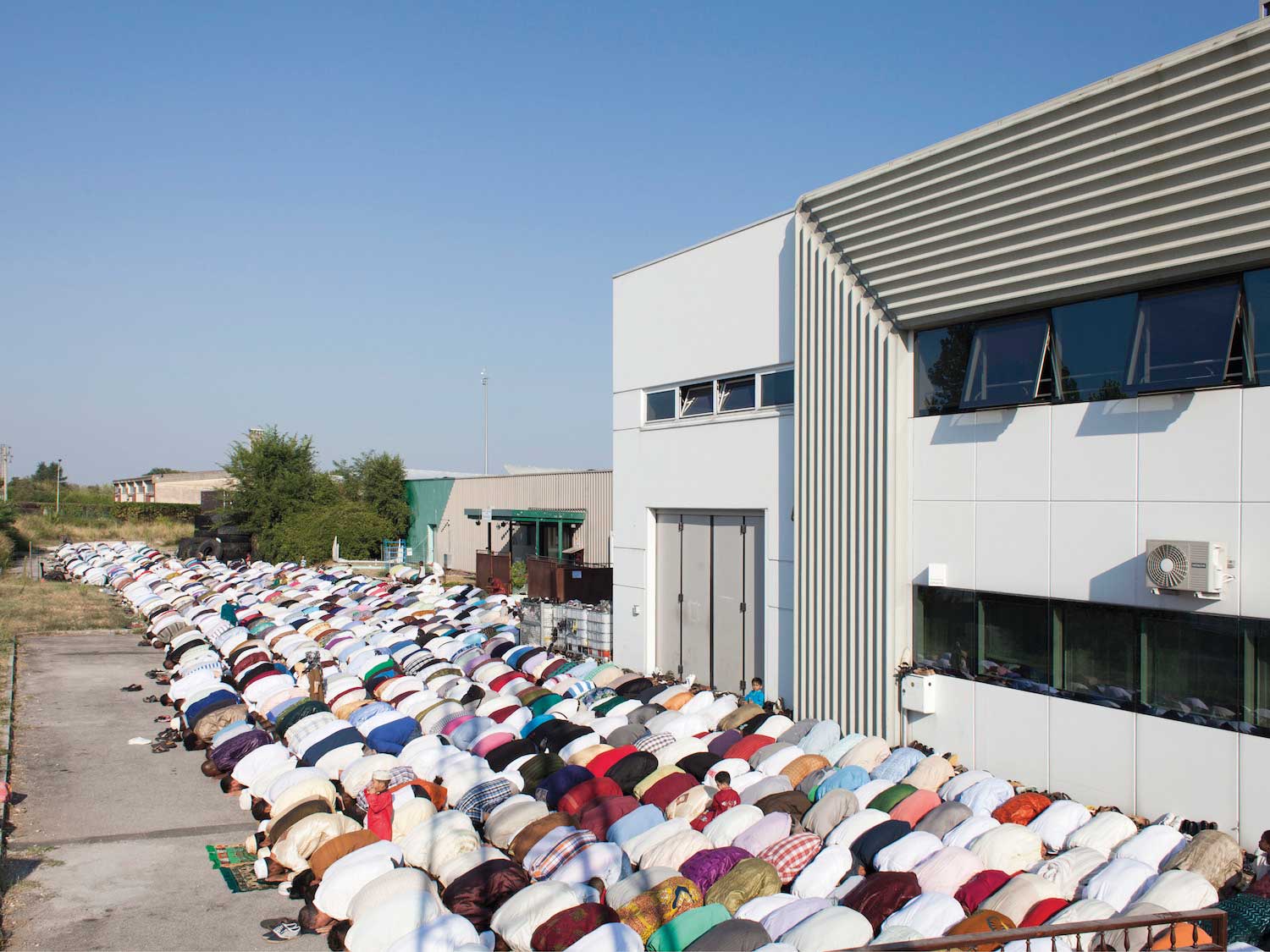
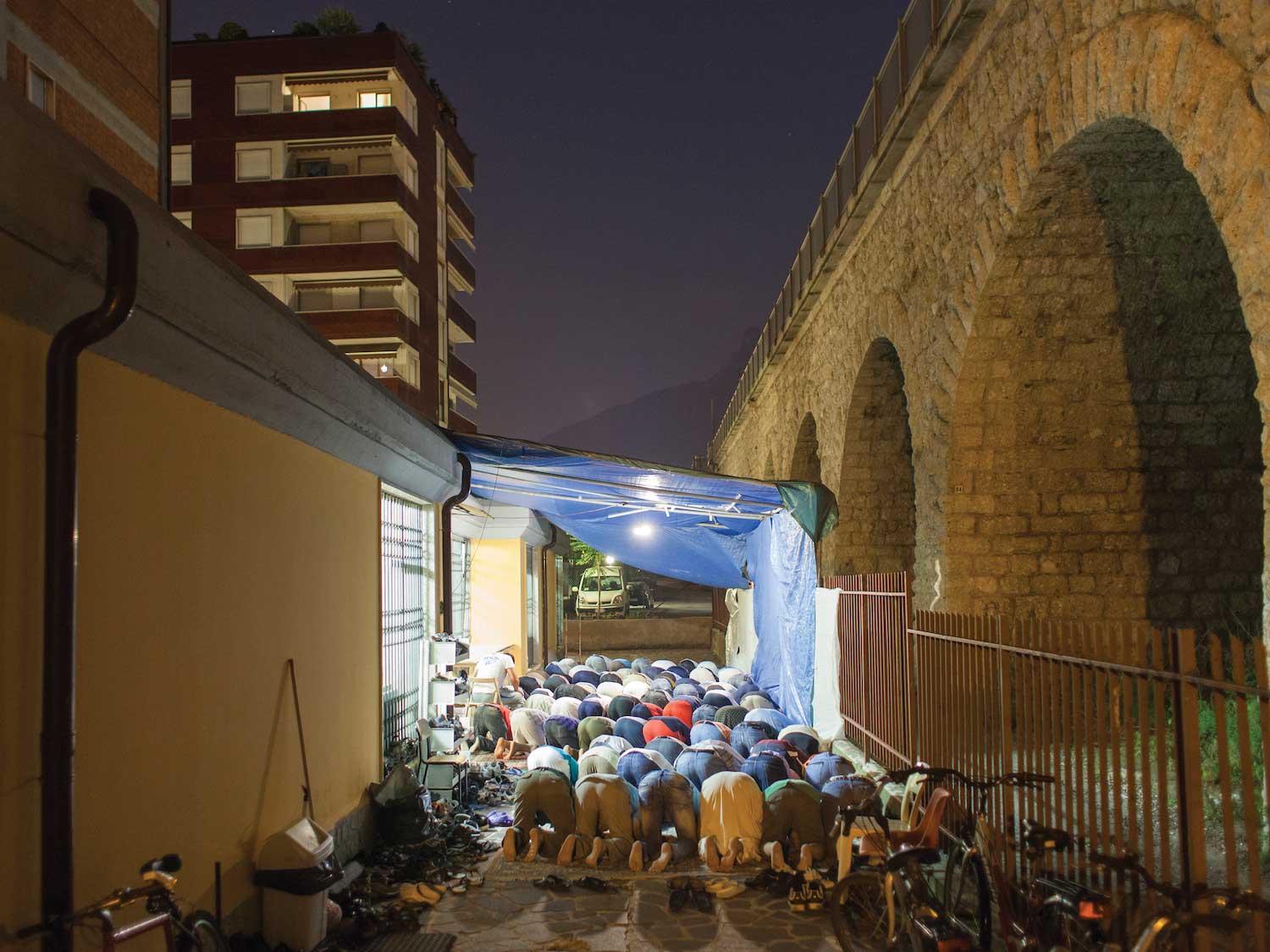
More Must-Reads From TIME
- The 100 Most Influential People of 2024
- Coco Gauff Is Playing for Herself Now
- Scenes From Pro-Palestinian Encampments Across U.S. Universities
- 6 Compliments That Land Every Time
- If You're Dating Right Now , You're Brave: Column
- The AI That Could Heal a Divided Internet
- Fallout Is a Brilliant Model for the Future of Video Game Adaptations
- Want Weekly Recs on What to Watch, Read, and More? Sign Up for Worth Your Time
Contact us at letters@time.com